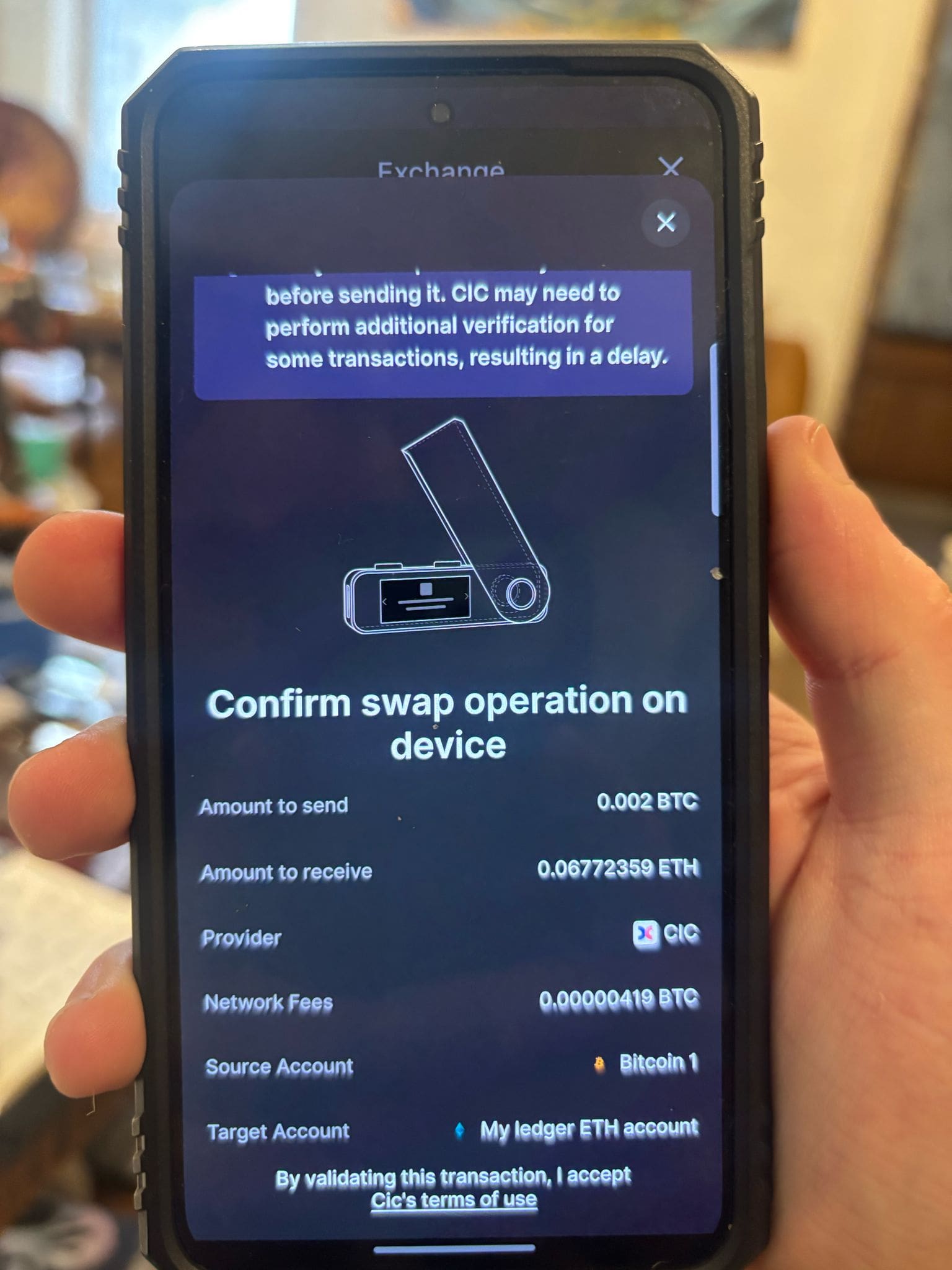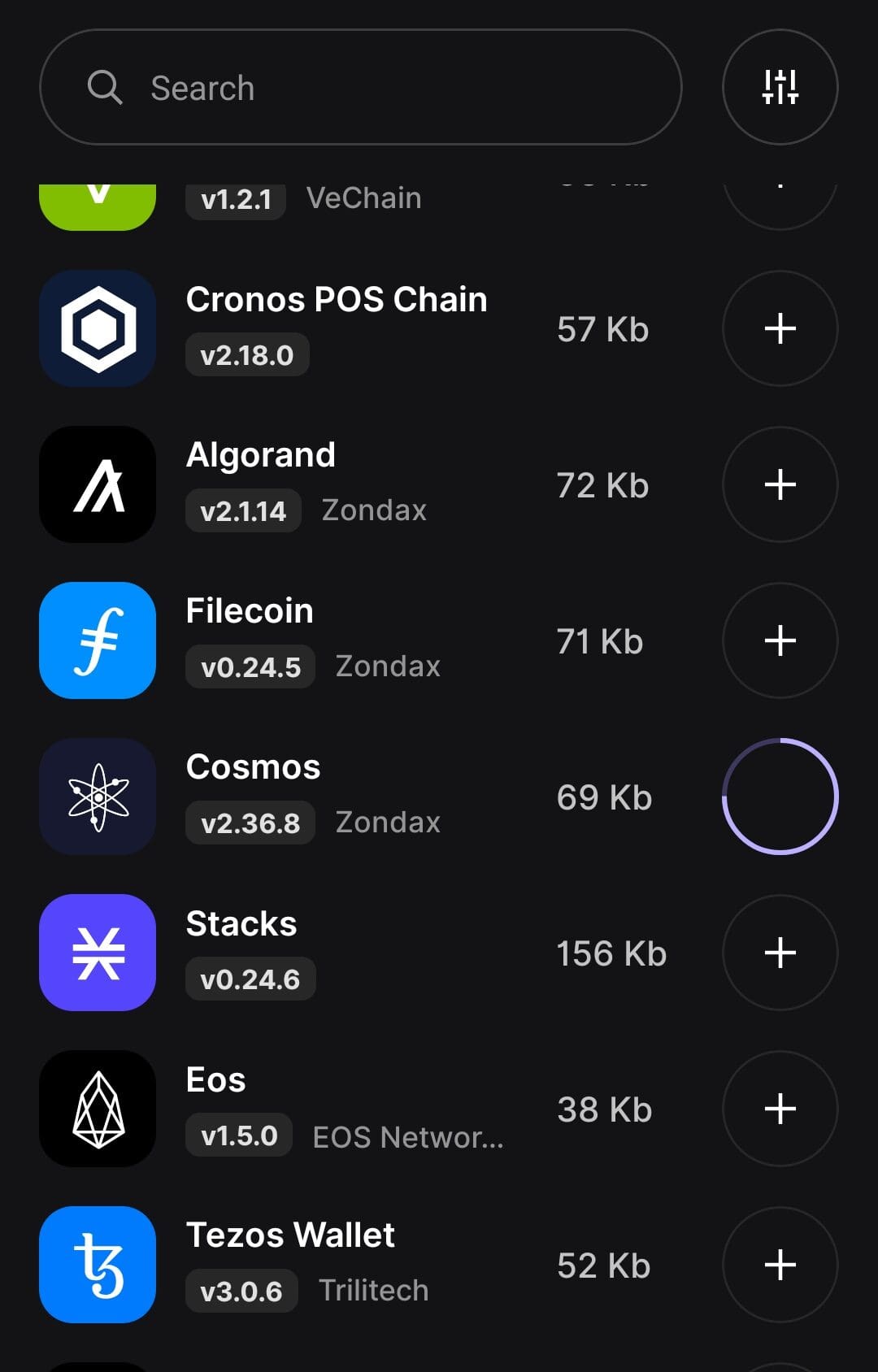Table Of Content
What Is a Hardware Wallet?
A hardware wallet is a physical device that stores your cryptocurrency’s private keys offline, offering strong protection from online threats.
Unlike software wallets that remain connected to the internet, hardware wallets like the Ledger or Trezor are ideal for long-term investors prioritizing security over convenience.
These wallets require a PIN to access and a recovery phrase for backup. Because the keys never leave the device, even if connected to a compromised computer, your funds remain safe.
How to Set Up a Hardware Wallet in 5 Steps
Setting up a hardware wallet involves distinct steps compared to software wallets, mainly due to its offline and secure nature. Here’s how to do it properly:
1. Unbox and Verify Authenticity
When you first receive your wallet, ensure it's genuine and tamper-free. Counterfeit wallets can compromise your security.
Check packaging seals: The box should have security seals or holograms intact.
Avoid used wallets: Never trust secondhand devices, as they may be preloaded with malicious firmware.
Verifying authenticity is crucial because any tampering could result in stolen crypto. Always purchase from the manufacturer or authorized sellers.
- The Smart Investor Tip
Only buy hardware wallets directly from the official site or authorized sellers. Check the packaging for tamper evidence and run the authenticity check via the manufacturer’s tool.
2. Connect to Your Computer or Mobile
Hardware wallets connect via USB or Bluetooth, depending on the model. Initial setup requires a secure connection.
Install the companion app: Ledger Live or Trezor Suite help you manage assets.
Use official cables/software: Third-party tools can be risky or unsupported.
Enable device pairing: Some wallets require Bluetooth pairing for mobile use.
This connection step ensures your wallet can communicate with your device while keeping private keys offline.
- The Smart Investor Tip
Use a clean, malware-free device when connecting your wallet for the first time. Avoid USB hubs or third-party cables to reduce the risk of interception.

3. Set Up a PIN Code
After powering on, you'll be prompted to create a PIN — your first line of defense against unauthorized access.
Choose a unique PIN: Avoid easy combinations like 1234 or birth years.
Use the device interface: Input directly using wallet buttons, not your keyboard.
Don’t reuse old codes: A fresh PIN reduces risk if your old code was compromised.
The PIN setup adds a secure barrier, making it hard for others to access your funds even if the device is stolen.

4. Backup Your Recovery Phrase
Your device will generate a 12—or 24-word recovery phrase. This is critical—it’s the only way to recover your wallet if it is lost or damaged.
Write it down physically: Never store it digitally where it can be hacked.
Use multiple secure locations: Keep copies in safe places like a bank deposit box.
Never share it: Anyone with the phrase has full access to your assets.
This step is vital because forgetting or losing the phrase means permanent loss of access to your crypto.
- The Smart Investor Tip
Use a fireproof and waterproof medium (like a metal seed plate) to store your recovery phrase. Avoid cloud storage or smartphone photos, which can be hacked.
5. Add Accounts and Transfer Funds
Once your wallet is secured, you can create crypto accounts and manage assets.
Add coins via the app: For example, add Bitcoin or Ethereum accounts through Ledger Live.
Receive crypto securely: Use the wallet to generate and confirm addresses on-screen.
Test with small amounts: Always test with a small transfer before moving large holdings.
Completing this final step enables you to store crypto securely while retaining full control, without relying on third parties.

How to Choose a Hardware Wallet
Choosing the right hardware wallet depends on your crypto goals, budget, and how often you plan to access your assets.
Security Features Matter: Look for wallets with secure elements, PIN protection, and recovery phrase generation. Ledger devices are known for their certified security chips.
Compatibility with Coins: Make sure the wallet supports the cryptocurrencies you use. Trezor Model T supports over 1,200 coins including Bitcoin, Ethereum, and Dogecoin.
User Experience and Software: Devices like Ledger Nano X pair with user-friendly apps like Ledger Live, making management smoother for beginners.
Mobile or Desktop Use: Choose Bluetooth-enabled devices like Ledger Nano X for on-the-go access, or USB-only devices for strict offline control.
In order to make a smart decision, assess both hardware specs and companion software. Start with trusted manufacturers only.
Popular Hardware Wallets
There are several reputable hardware wallets on the market, each offering different strengths depending on your needs and experience.
Ledger Nano X: Offers Bluetooth, supports 5,500+ assets, and works seamlessly with Ledger Live. Great for users managing multiple tokens.
Trezor Model T: features a touchscreen, open-source firmware, and wide coin support. It is ideal for those who value transparency and simplicity.
Ledger Nano S Plus: This budget-friendly alternative to the Nano X lacks Bluetooth but supports the same asset range and security.
ELLIPAL Titan: Fully air-gapped, using QR codes for transactions. Best for users wanting zero USB or Bluetooth exposure.
SafePal S1: Affordable wallet with mobile app integration, also air-gapped, and supports Binance Smart Chain, DeFi, and NFTs.
These options are trusted by the crypto community and reviewed positively for security, usability, and versatility.
FAQ
It’s not recommended. Official apps like Ledger Live and Trezor Suite ensure secure firmware updates, transaction signing, and interface integrity.
You can reset the device, but you’ll need your recovery phrase to restore access to your crypto. Without it, your funds are lost.
Yes, firmware updates patch bugs and add new features. Always update using the official app and never download files from third-party sites.
No, as long as you confirm every transaction on the device screen. Private keys never leave the wallet, even on compromised machines.
Use a padded case and avoid public charging ports. Do not store it with your recovery phrase in the same place during travel.
Yes, because private keys never touch the internet. But for added caution, avoid connecting through unsecured networks during setup or updates.
Technically yes, but it compromises privacy and control. Instead, consider setting up a separate wallet for each person.
Send a small amount of crypto to the wallet and verify receipt via both the device and the companion app.
Most wallets allow multiple accounts under one device. Just add them in the app and confirm each on the device.
Yes, many wallets follow the BIP39 standard, making phrases cross-compatible. But some features may not transfer exactly.
